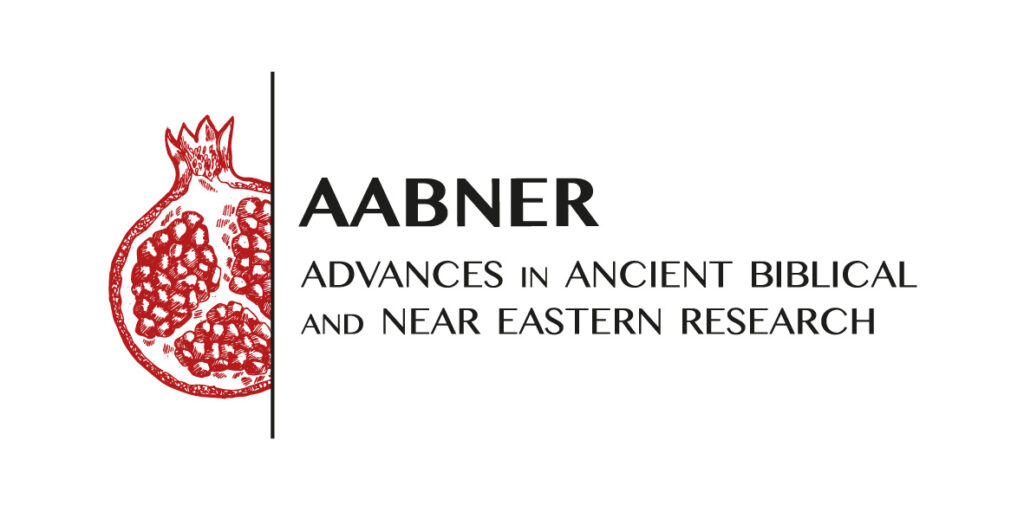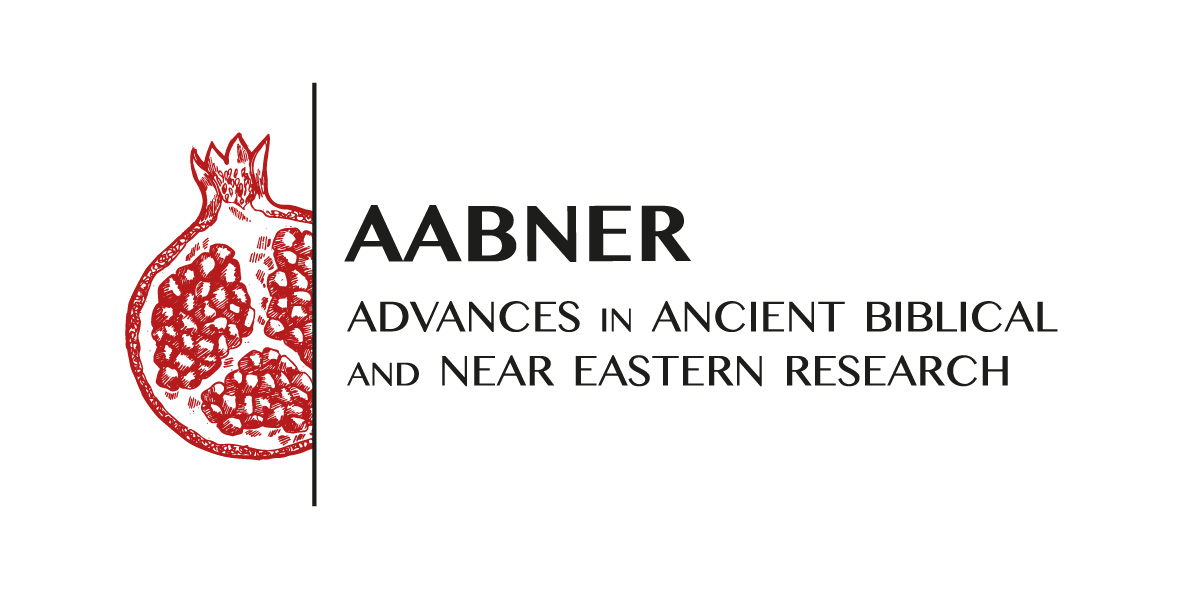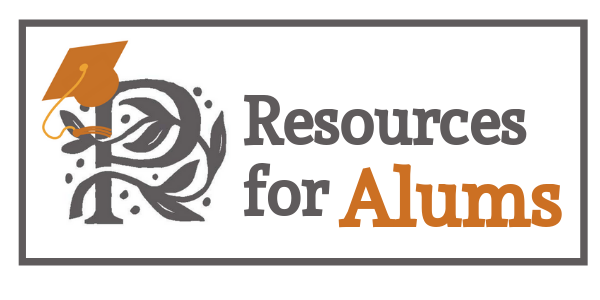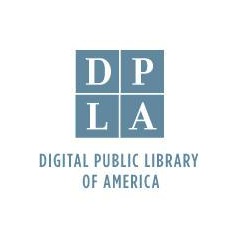
Open Access publishing follows several practices to make academic research more accessible to more people. As you might expect, publishing has costs, and in the most common form of academic publishing, those costs fall on the institutions and individuals who hold subscriptions. In other words, while scholars can publish their works without charge, readers pay to read the scholarship. Over the last several decades, Open Access (OA) advocates have pushed for new ways of investing in and supporting academic research. Some solutions include charging publishing fees to authors to offset publishing costs and a variety of access structures that may allow for individuals to read but not share Open Access publications. Pitts staff prefer the Gold OA model. In Gold OA, institutions and individuals pay article processing fees (APCs) through various means (including grant funding, endowments, funders, etc.) to provide access and licenses through Creative Commons.
As part of Pitts Library’s dedication to supporting Open Access publishing, the library recently partnered with the journal AABNER (Advances in Ancient, Biblical, and Near Eastern Research) to support their Open Access publishing model and expand access to this scholarship. All patrons can find all articles published with AABNER on their website, and if you look carefully, you will spot the Pitts Theology Library logo there as well. AABNER is indexed by Index Theologicus, ensuring that researchers can find AABNER articles. Be sure to consult AABNER for your next Bible and ancient world project! You can find other Open Access journals at The Directory of Open Access Journals and on the Pitts Online Resources for Research LibGuide.
Written by Brady Beard, Reference & Instruction Librarian




 We kick off the series with a suggestion from Spencer Roberts, Pitts Theology Library’s Systems & Digital Scholarship Librarian. Spencer recommends
We kick off the series with a suggestion from Spencer Roberts, Pitts Theology Library’s Systems & Digital Scholarship Librarian. Spencer recommends 